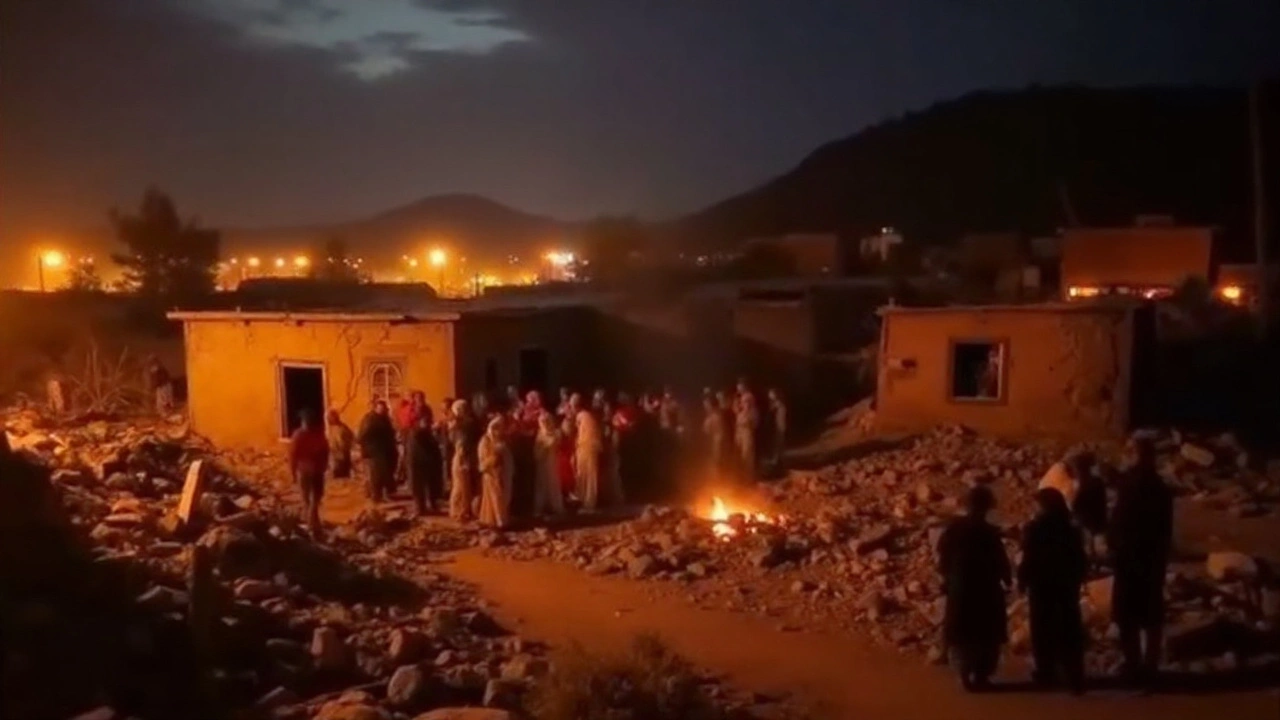Rescue Operations: What They Are and Why They Matter
When a crisis hits, the people who step in to pull others to safety are the backbone of any community. Rescue operations cover everything from a simple pull‑out of a trapped hiker to a large‑scale disaster response after a storm. Knowing the basics can help you stay safe, support responders, or even join a team yourself.
Key Elements of a Successful Rescue
First, you need a clear plan. A good plan maps out the area, identifies hazards, and assigns roles. Teams that rehearse their plan regularly move faster and make fewer mistakes. Second, communication is a must. Radios, phones, or even simple hand signals keep everyone on the same page when minutes count. Finally, equipment matters. A sturdy rope, a reliable flashlight, and a basic first‑aid kit are often enough to start a safe extraction.
Practical Tips for Everyday Situations
If you find yourself in a minor emergency, remember the three‑step rule: assess, alert, act. Look around to see if you or others are in danger, call emergency services if you can, then take the safest action you’re capable of. For example, if a friend slips near a pool, keep calm, call out for help, and use a pole or a towel to pull them out without jumping in yourself.
Training doesn’t have to be intense. A short first‑aid course teaches you how to stop bleeding, treat burns, and perform CPR. Local fire departments often hold free rescue drills—joining one gives you hands‑on experience with ropes, stretchers, and safe lifting techniques. Even a simple walk‑through of your home’s exit routes can save valuable seconds during a fire or earthquake.
When larger incidents happen, such as floods or earthquakes, professional rescue teams coordinate through a command center. They use maps, drones, and satellite data to locate victims and prioritize resources. Volunteers can assist by providing food, water, or a place to rest for responders. The best help you can give is to stay organized, follow instructions, and keep your own safety in mind.
Rescue operations aren’t only about big disasters. Sports events often need quick medical response for injuries on the field. Knowing where the nearest first‑aid station is, how to spot signs of concussion, or when to call an ambulance can make a difference for athletes and fans alike. That’s why many sports clubs train staff in basic rescue skills.In short, rescue operations blend planning, communication, and simple tools. Whether you’re a casual spectator, a sports coach, or someone thinking about joining a rescue team, the key is to stay prepared, keep learning, and act responsibly when the unexpected occurs.
Kieran Lockhart, Sep, 2 2025
Afghanistan earthquake: 6.0 quake near Jalalabad kills more than 1,100 as remote villages collapse
A 6.0 earthquake struck eastern Afghanistan near Jalalabad around midnight, killing more than 1,100 people and injuring over 3,250. Entire villages collapsed in mountainous areas that are hard to reach. Helicopters ferried the wounded as the Afghan Red Crescent and local residents led rescue work. The country’s fragile infrastructure and multiple crises are hampering relief and recovery.
View More




